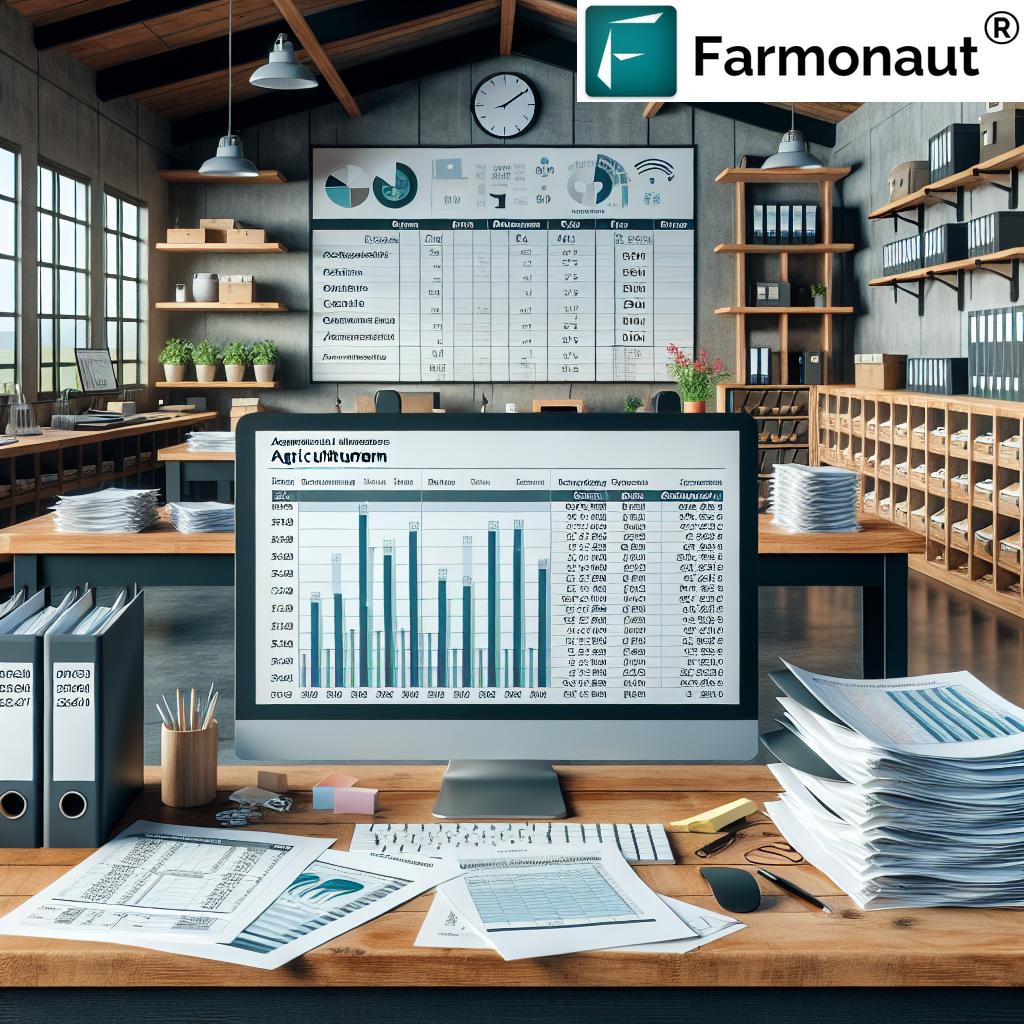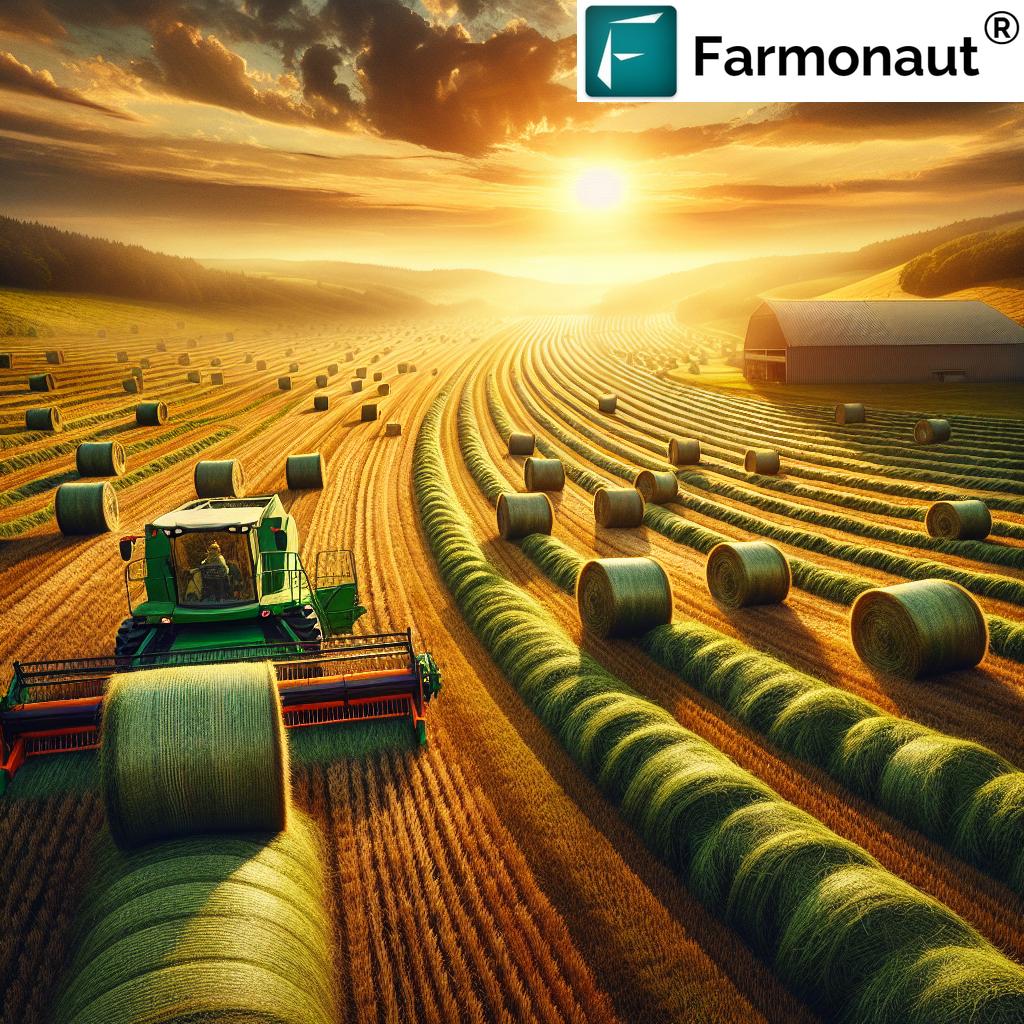Best Compost for Raised Beds: 7 Powerful Solutions for 2026
“Compost-rich soil can increase raised bed yields by up to 200% compared to conventional topsoil alone.”
Introduction to Compost for Raised Beds in 2026
Raised beds have become an increasingly popular choice in modern agriculture, gardening, and even urban horticulture due to their ability to improve soil health, enhance drainage, and boost overall crop productivity. As we look toward 2026, sustainable farming practices and eco-conscious methods are no longer optional—they’re crucial for the regeneration of our land, efficient resource management, and the well-being of future generations.
To optimize yield and soil regeneration using raised beds, it’s essential to understand and integrate the right compost, cover crops, topsoil sources, and efficient irrigation systems. This comprehensive guide investigates the best compost for raised beds, explores the most effective cover crops, evaluates topsoil considerations, delves into water-saving irrigation techniques, and illustrates how integrated solutions—powered by innovations like satellite monitoring—are reshaping sustainable agriculture in 2026 and beyond.
Why Raised Beds Are the Future
Raised beds address many of the challenges encountered in conventional farming—from poor drainage and soil contamination to soil compaction and uneven nutrient distribution. They create a contained, elevated system where we can control the quality of the soil, choose the best organic amendments, and adjust for local challenges like mining contamination or adverse weather.
- Improved Drainage: Raised beds enhance water movement, preventing waterlogging even in rainy regions.
- Optimized Productivity: They enable denser plantings and higher yields thanks to managed soil structure and fertility.
- Flexibility & Sustainability: Tailored for sites near mineral extraction or heavy metals, it’s easier to work with organic or locally improved soils.
- Pest & Weed Control: Physical elevation and deliberate planning help limit weed spread and pests, reducing the need for synthetic controls.
Choosing the Best Compost for Raised Beds in 2026
Compost is often dubbed the “cornerstone” of healthy, resilient raised bed systems. But not all compost is created equal. In 2026, the emphasis is on organic matter that is rich in nutrients and free from contaminants like heavy metals and synthetic chemicals—especially vital in regions near mining operations where soil contamination is prevalent.
Let’s dive deeper into what makes a compost solution the best compost for raised beds, and explore the powerful options reshaping gardens, farms, and urban plots.
What Makes Compost Best for Raised Beds?
-
Rich in Plant-Available Nutrients:
Compost for raised beds should deliver steady-release nutrients that enable healthy microbial activity and strong plant growth. -
Excellent Moisture Retention:
Moist but well-aerated compost improves the water-holding capacity of the bed while ensuring proper drainage—especially important for crop roots in confined spaces. -
Organic, Locally-Sourced Ingredients:
Avoid materials with added synthetic chemicals, and use local plant residues, animal manure, and organic waste to decrease contaminant risk. -
Minimal Contaminants:
Especially near mineral extraction or old industrial sites, only use compost tested and free from heavy metals, persistent pesticides, and hormones. -
Support for Microbial Diversity:
High-quality compost boosts soil microorganisms, enabling better nutrient cycling and resilience against diseases.
The 7 Best Compost Solutions for Raised Beds in 2026
- Vermicompost (Worm Castings):
Renowned for its superior nutrient availability and powerful microbial boost, vermicompost is made by worms digesting organic matter. It’s highly effective in moisture retention and is a top pick for urban gardeners and crop producers chasing healthy, productive beds.
- Biochar-Enriched Compost:
Biochar, derived from the pyrolysis of plant material, dramatically increases soil’s water retention, boosts beneficial microbes, and locks away carbon—supporting both crop productivity and climate mitigation objectives.
- Well-Aged Animal Manure Compost:
When composted thoroughly, animal manure (from cows, chickens, goats) provides excellent nutrients and organic matter, stimulating plant growth and breaking down clay layers. It’s vital for nitrogen replenishment but must be free from antibiotics or contaminants.
- Green Waste Compost:
Clean plant residues (food scraps, leaves, garden clippings) turned into compost create a balanced, sustainable solution rich in organic matter—excellent for long-term soil regeneration and structure improvement.
- Mushroom Compost:
A by-product of mushroom cultivation, this compost is gentle, pH-balanced, and provides a slow, steady release of nutrients—outstanding for sensitive crops and filling raised beds when mixed with other organic material.
- Composted Straw and Cover Crop Residues:
If you’re cycling cover crops like rye, vetch, or clover through your beds, the composted result is rich in nutrients and organic matter—a true “closed loop” for your soil health.
- Municipal Organic Waste Compost (Certified):
With increasing regulations and improved composting practices, many cities now offer certified municipal compost that is screened for contaminants—making it a scalable, sustainable option for large raised bed projects, even near extraction areas.
Comparative Solution Table: Best Compost for Raised Beds & Sustainable Management 2026
“Cover cropping in raised beds reduces soil erosion by 40% and boosts organic matter content by 25%.”
Best Cover Crops for Raised Beds: Unlocking Soil Vitality in 2026
Integrating the best cover crop for raised beds is a pivotal practice in modern sustainable agriculture. Cover crops are typically planted during the off-season or between main cropping cycles. They serve three essential goals: fixing nitrogen, suppressing weeds, and preventing soil erosion.
Advantages of Using Cover Crops for Raised Beds
- Increased Organic Matter: When cover crops decompose, they enrich the soil, boost fertility, and create a “living mulch.”
- Improved Structure & Aeration: Deep-rooted species like rye and vetch break up compacted soil layers, making it easier for crop roots to access nutrients and moisture.
- Weed Suppression: Fast-growing cover crops shade out and outcompete weeds, reducing labor and eliminating the need for synthetic herbicides.
- Enhanced Microbial Activity: As cover crops grow and decompose, they feed beneficial organisms, fostering a thriving ecology in every raised bed.
Recommended Cover Crop Species for Different Goals
-
For Nitrogen Fixation: Clover, Vetch, Cowpeas, Sunn Hemp
Best for improving beds prior to heavy-feeding crops (tomatoes, corn, brassicas). -
For Biomass & Mulch Production: Rye (Secale cereale), Mustard
Ideal for maximizing bulk organic matter and summer/winter mulch. - Weed Suppression/Soil Structure: Mustard, Rye, Vetch
-
Permaculture & Agroforestry Approaches: Sunn Hemp, Cowpeas
Rapid growth and high nitrogen fixation for land reclamation or multi-story systems.
Incorporating these cover crops for raised beds not only builds immediate fertility but also fortifies the bed’s resilience—enabling sustainable productivity, even in regions affected by mining extraction or heavy runoff.
Topsoil for Raised Beds: Quality, Sources & Tips for 2026
Selecting the right top soil for raised beds is crucial to establishing fertile, resilient gardens and crop systems. The increased interest in urban agriculture and degraded lands near mining sites means it’s more important than ever to choose pristine, uncontaminated topsoil.
-
Test Before Buying:
Always conduct soil tests for heavy metals, synthetic residues, and pH. This is especially critical if sourcing near mining operations or reclaimed sites. -
Amend with Organic Matter:
Blend high-quality compost, aged manure, and (where needed) mineral amendments to optimize nutrient content, structure, and water retention. -
Check for Texture and Structure:
The ideal topsoil is loamy: crumbly, well-aerated, and capable of absorbing—but not saturating—water. -
Monitor Organic Matter:
Aim for at least 5–8% organic matter for vegetables; slightly less for perennials or orchards.
Sourcing Topsoil: Localized Recommendations
- Urban Areas: Partner with certified suppliers who test for heavy metals and synthetic chemicals.
- Near Mining/Extraction Regions: Use only tested, remediated topsoil, and consider amendments with biochar-enriched compost for detox and restoration.
- Rural/Farm Areas: If topsoil is depleted, restore with annual manure and cover crop rotations to regenerate health.
A carefully curated topsoil for raised beds sets the foundation for optimal yield, prevents contamination, and serves as the basis for all sustainable management.
Irrigation for Raised Beds: Efficient & Sustainable Methods in 2026
Efficient irrigation for raised beds is not just about watering—it’s about delivering precise moisture and nutrients directly to plant roots, reducing water use, and securing resilience against drought or excessive rain.
-
Drip Irrigation:
The gold standard for modern raised bed systems. Drip lines can be automated, paired with smart sensors, and set on timers. The result? Up to 60% water savings versus overhead sprinklers and stronger, deeper root development. -
Rainwater Harvesting Integration:
In regions with water scarcity, collecting rainwater and feeding it into drip irrigation balances cost, sustainability, and independence from municipal supplies. -
Smart Irrigation Technologies:
Soil moisture probes and automatic controllers prevent over- or under-watering—saving labor and ensuring consistency in every bed for every crop. -
Mulching:
Organic mulch prevents water loss and further reduces irrigation needs, especially in exposed beds.
Smart water management is integral for raised bed gardening—helping to optimize yield, reduce inputs, and maintain sustainability into 2026 and beyond.
Integrating Best Practices: Optimal Raised Bed Management for 2026
A holistic approach to raised bed management combines the power of the best compost for raised beds, strategic cover crops, pristine topsoil, and efficient irrigation for maximum productivity, sustainability, and soil health.
-
Minimize Chemical Inputs:
With living mulches and organic amendments, reliance on synthetic fertilizers and pest controls drops dramatically. -
Boost Carbon Sequestration:
Methods like biochar, perennial cover crops, and humus-rich beds help lock away atmospheric carbon, supporting land recovery vs. climate change. -
Enhance Flood & Drought Resilience:
Improved structure, microbial life, and water management shield crops from environmental stress—leading to steadier yields and healthier ecosystems. -
Land Reclamation:
For forestry/land projects near former mining operations, raised beds with organic amendments and cover crops speed up ecological recovery and support early tree establishment.
Farmonaut: Satellite-Powered Solutions for Sustainable Agriculture
Satellite technology is rapidly transforming how we manage soils, irrigation, and raised beds in modern agriculture. At Farmonaut, our mission is to make advanced satellite-driven insights accessible and actionable for everyone in the food and land management system.
Our technologies leverage multispectral satellite imagery and AI to deliver real-time, actionable data on vegetation health, soil moisture, and crop productivity, helping stakeholders rapidly respond to stress, optimize irrigation, and improve overall sustainability.
- Real-Time Soil & Crop Monitoring: Map vegetation indices (NDVI, NDWI), spot early warning signs, and monitor improvement after adding the best compost for raised beds.
- Resource Management: Track water use with efficient fleet management, optimize crop inputs, and support large-scale farm management with integrated data solutions.
- Blockchain Traceability: Assure buyers that every product—grown in raised beds or fields—is tracked and sustainably managed. See details at Farmonaut Product Traceability.
- Loan & Insurance Support: Financial institutions benefit from satellite-based land and crop verification—learn more at Crop Loan and Insurance.
- Environmental Impact Monitoring: Satellite tracking of carbon and resource use ensures compliance with sustainability protocols, vital for land near mining or extraction zones.
Access Farmonaut’s satellite-powered platform on desktop or mobile:
Developers: Access Farmonaut Satellite Crop Monitoring and Weather API
| Review our API Developer Docs for seamless integration and automation.
FAQ: Compost for Raised Beds, Cover Crops, & Sustainable Gardening (2026)
What is the best compost for raised beds in 2026?
Vermicompost (worm castings), biochar-enriched compost, and well-aged animal manure compost rank as top choices due to their nutrient density, moisture retention, and positive impact on soil microbial activity. Always choose compost free from contaminants—especially near mining or industrial zones.
Which cover crops work best for raised beds?
Clover, vetch, rye, mustard, cowpeas, and sunn hemp, depending on your goals. Leguminous crops are best for fixing nitrogen, while grasses like rye and mustard excel at biomass and erosion control.
How do I make sure topsoil for my raised beds is safe?
Look for certified, tested topsoil—especially if gardening in urban areas or land affected by mineral extraction. Amend with organic matter and use soil tests to verify absence of heavy metals and synthetic chemicals.
What is the most efficient irrigation method for raised beds?
Drip irrigation is the gold standard for precision watering and water conservation. Smart controllers and soil moisture sensors are increasingly affordable in 2026, ensuring every raised bed gets just the right amount of water.
Can I use municipal compost in my raised beds?
Certified municipal compost is suitable and sustainable for raised beds, provided it’s screened for contaminants and heavy metals. Always ask for certification and recent lab analysis before using municipal compost, especially in regions near mining or industrial activity.
How do I integrate cover crops without interrupting my main crops?
Plant cover crops during the off-season or as under-sown living mulches during slower periods in your annual crop cycle. Terminate cover crops before they seed and incorporate the biomass into your compost or directly into the soil.
Are Farmonaut’s satellite tools useful for small gardeners?
Yes. Farmonaut’s platform, available via web and mobile apps, democratizes satellite-driven insights for everyone from small urban gardeners to commercial operations—enabling you to monitor soil, crops, and water use in real time.
Final Thoughts: Building a Future-Proof Raised Bed System
The quest for the best compost for raised beds in 2026 is part of a broader movement toward regenerative, sustainable agriculture. By prioritizing organic compost, diverse cover crops, well-tested topsoil, and efficient irrigation—while leveraging advanced technologies like satellite and AI monitoring—gardeners and farmers around the world are restoring land, producing healthier food, and protecting our environment for tomorrow.
Remember, raised bed systems are more than a growing method—they’re a choice for resilience, regeneration, and long-term environmental health.












